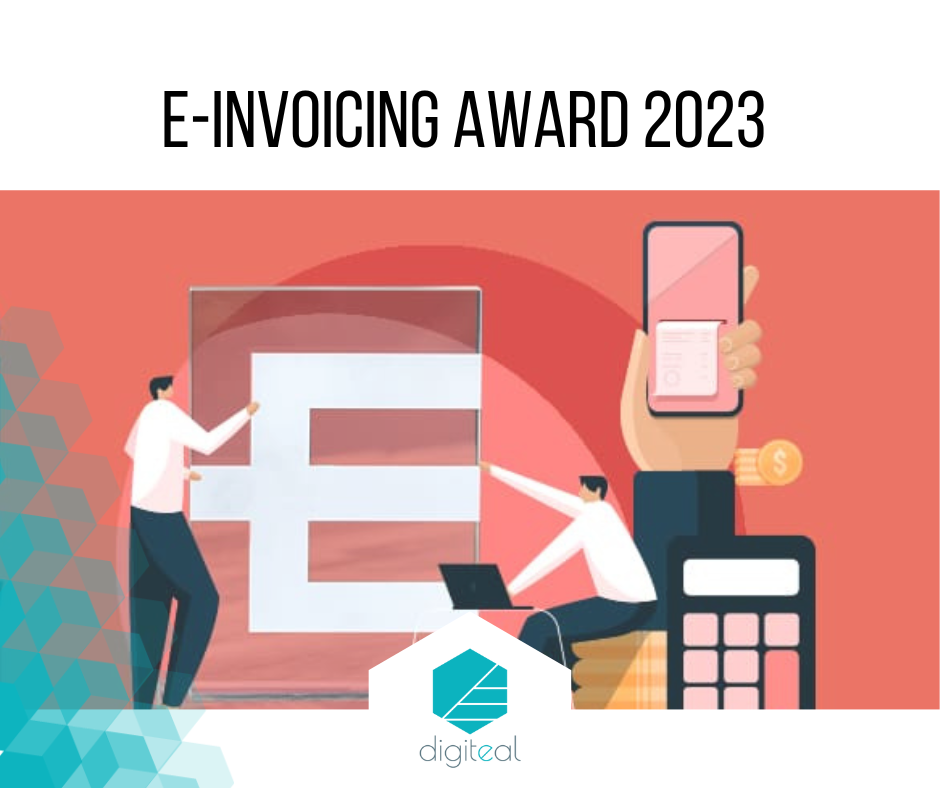SEPA
Many of you are wondering what the SEPA acronym stands for…
As a payment solutions provider with a direct involvement in SEPA, Digiteal takes on an expert role to tell you more about the definition, objectives and origins of SEPA.
The acronym SEPA stands for Single Euro Payments Area. This European Union initiative is designed to harmonize and simplify electronic payments within participating countries.
More specifically, this agreement authorizes, onsumers and businesses in participating countries to pay in euros via their bank accounts. As the currency (the Euro) is the same, conversion costs are eliminated (or greatly reduced). It’s a fast, secure and efficient way to make bank transfers, just as you would make domestic payments.
Currently, the SEPA zone includes 36 nations, giving it extensive geographic coverage (see map below).
It includes all member countries of the European Union but also certain countries of the European Economic Area that do not (or no longer) belong to the EU, and even other countries outside the European continent.
Here is the list:
Do you all know what the IBAN is – those 14 digits, preceded by BE for Belgium, on your bank card?
This set of numbers and letters is a standardized format for your bank account. International Bank Account Number, or IBAN, is the international number of your bank account.
Together with the BIC code (Bank Identifier Code), which identifies the bank linked to the account, it makes it possible to identify the account holder and their bank in a unique way, within the countries of the SEPA zone.
The objectives can be summed up in one sentence: eliminating the differences between national and cross-border euro transactions, making them
In other words, this harmonization aims to simplify intra-European payment procedures (and those of other SEPA countries) in order to strengthen the Euro monetary alliance.
In 2002, European banking institutions launched the SEPA project. Their aim was to facilitate intra-European payments by offering three European payment instruments: credit transfers, direct debits and instant transfers.
The SEPA Credit Transfer (SCT) protocol was created first. It was gradually introduced from January 2008 for cross-border payments and became mandatory for national payments in January 2014.
SEPA Direct Debit (SDD) was introduced in November 2009 for cross-border payments and became mandatory for domestic payments in August 2014. SDD was originally launched for direct debits in euros. This standardized recurring payments, such as monthly invoices.
Two years later, in 2016, countries outside the EU zone were also able to join the SEPA zone.
Then, since November 2017, SEPA Instant Credit Transfers (SCT Inst) have been introduced to speed up classic SEPA credit transfers. In November 2020, the European Central Bank (ECB) launched initiatives for these instant transfers to replace classic credit transfers. In October 2022, the European Commission, through DG-FISMA, proposed a law favoring the adoption of instant SEPA credit transfers (SCT Inst) by all banks in the European Union under the same conditions as classic credit transfers, so that instant payments become the norm and rapidly replace classic SEPA credit transfers.
As part of the effort to harmonize payments within the EU, let’s take a look at SEPA transfers.
These payment instruments have been gradually introduced under SEPA to simplify financial transactions in euros within the SEPA zone, and have helped to make cross-border payments more efficient and uniform:
The SEPA Credit Transfer enables money transfers between bank accounts within the SEPA zone.
Also known as SCT, euro payments are processed in the same way as a domestic payment, facilitating cross-border transactions.
Funds are available in the creditor’s account on the same day or the following day, depending on how the banks are connected.
Digiteal can help you take full advantage of SEPA by offering innovative solutions and services based on the principles of European standards and Open Banking.
This can include faster, less onerous and more secure transactions, as well as improved financial management and standardization.
Contact us to find out how we can help you with SEPA.
 E-invoicing Award : a real token of recognition for Digiteal’s PEPPOL sol...
Scroll to top
E-invoicing Award : a real token of recognition for Digiteal’s PEPPOL sol...
Scroll to top